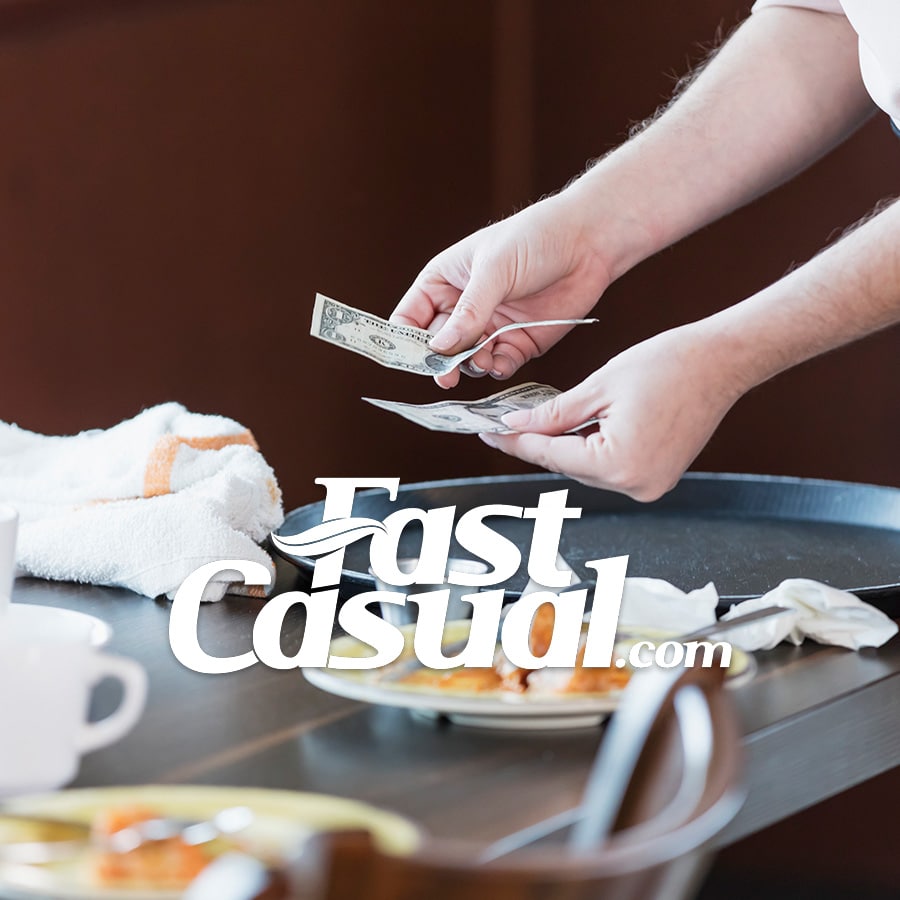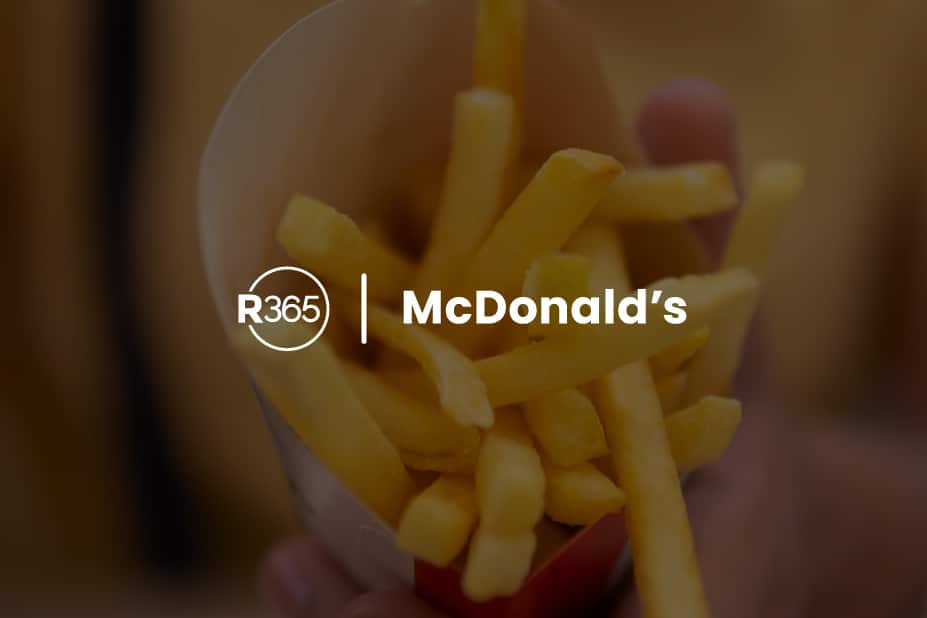When times are tough, it is more important than ever to keep your eye on your costs. Your restaurant operations include many different expenses, from food and beverage to utilities. However, your labor payroll cost is one of your most significant expenses—and, crucially, a significant expense over which you have control.
As your restaurant responds to the effects of COVID-19, you need to optimize your restaurant payroll percentage. Whether you are slowly scaling up operations again or moving from takeout and delivery only to limited dine-in, it is more important than ever to stay on top of your labor and payroll cost.
Understanding labor and payroll cost
Your payroll is the process of calculating and distributing wages to your employees. The restaurant industry faces a lot of industry-specific regulations on payroll, with laws regulating hourly employee scheduling and tipped wage workers, as well as compliance with the Affordable Care Act regarding seasonal and variable hour employees.
Your restaurant payroll cost is not fixed and may fluctuate with sales. Your labor cost includes the following:
- Wages for hourly and salaried employees
- Payroll taxes
- Employee insurance
- Employee benefits
Besides your food cost, labor is one of your largest restaurant expenses. These two costs – food and labor – together make up your prime cost, a key metric for analyzing your restaurant performance. Your prime cost represents the expenses you have control over, and any streamlining you can do here directly adds to your bottom line.
What is restaurant payroll percentage?
Your payroll percentage is one of the most important metrics to track, because it indicates how much you’re spending on labor relative to your sales. To calculate your restaurant payroll percentage, otherwise known as your labor cost percentage, you need to know your total labor costs and revenue over a certain period of time. Use the following formula:
Total Payroll Costs ÷ Total Revenue = Restaurant Payroll Percentage
Calculating the percentage of payroll
To understand calculating labor costs, for example, say your restaurant spends $6,000 on labor during one month. If you generated $18,000 in sales during that same month, your percentage of payroll calculation would look like this:
$6,000 ÷ $18,000 = 33%
Importance of payroll cost and its percentage of sales
Understanding your payroll cost is important but tracking your payroll cost as a percentage of sales is critical. Knowing only the dollar amount of your payroll doesn’t provide any context for comparing your operating costs side by side against your other restaurant locations or against other restaurants across the industry. Because your sales fluctuate, you may not even be able to gain insight from comparing payroll costs from your own restaurants this month to the previous month.
Payroll cost as a percentage of sales helps you understand your ratio between your labor and sales. When you understand this percentage, you can better understand the trends in your restaurant labor costs.
What is a good restaurant payroll percentage?
Chron reports that the average labor costs in the foodservice industry fall between 30-35% of total revenue for the business. The exact number varies across different business models in the industry. For instance, quick service restaurants, with more pre-made product and counter service, tend to have a lower labor cost percentage than full-service restaurants with table service and menu items made from scratch.
In general, this is how different industry segments compare:
- 25%: quick service restaurants (less specialized labor and faster customer transactions)
- 25-30%: casual dining (depending on the menu and methods of service)
- 30-35%: fine dining (depending on in-house food production and table service)
While it can be helpful to understand these industry benchmarks, your specific restaurant will face its own strengths and challenges with labor, depending on your business model, menu, locale, and a host of other factors. There is no set rule your restaurant payroll percentage must follow to make a profit.
It is far more helpful to analyze what payroll percentage goal maximizes your profitability at your specific restaurant, without sacrificing your level of customer service. Measuring yourself against that standard in real time can ensure you are consistently optimizing your particular restaurant’s labor hours.
Controlling labor costs
Controlling total labor costs relies on closely monitoring the relationship between your labor and your sales. Ideally, you can begin by adjusting labor in real time based on how the day is unfolding in terms of sales. This would require aggregating sales data from your POS on an hourly basis, or even better, every 15 minutes. Known as intraday polling, this technology enables restaurant managers to make hourly Labor decisions based on the amount of current sales each day to reach optimal labor performance.
To control your labor costs in the long-term, consider taking advantage of tools like sales forecasts. Forecasts use historical sales data to predict future demand. With these informed forecasts in hand, you can better match your employees to busy and slow times when you make your staff schedules. Sales forecasts can inform your labor costs and help you make proactive, data-driven decisions.
5 ways to reduce payroll costs
Restaurant owners and operators looking to reduce payroll costs can take advantage of these tips and new technology tools:
Use a POS System that Integrates with Your Restaurant Management Software
If your restaurant management software is fully integrated with your point of sale (POS) system, you have access to powerful tools that can help you reduce payroll costs. This integration allows you to automatically pull historical sales data for your restaurant, which can inform your scheduling and help you track your payroll percentage. With this information at your fingertips, you can also track whether or not you are meeting your labor cost goals and make changes in the moment that prevent costly, drawn-out inefficiencies.
Use Restaurant-Specific Payroll Software
Payroll processing is complicated in any industry, but the restaurant industry has unique challenges that require restaurant-specific payroll software that’s tailored to payroll issues exclusive to restaurants. A restaurant-specific payroll solution not only ensures you’re following local, state and federal payroll regulations, but that you’re also compliant with laws specific to the restaurant industry, such as reporting all taxable forms of compensation, including all wages and tips; accurate tracking and payment of tax on tips whether they’re cash tips, credit tips, automatic gratuities or pooled tips; and tracking your restaurant’s tip credits.
In addition, restaurant-specific payroll software can meet the challenges of multi-unit restaurant chains with locations in multiple states, because keeping track of minimum wages and tipped minimum wages by state is automated. Restaurant payroll software can also accurately determine which employees are considered full-time under the Affordable Care Act, which is challenging for restaurants because employees usually work various hours each day, week, and month.
Streamline Your Restaurant Scheduling Process
Especially since many positions in the restaurant industry are paid on an hourly basis, a streamlined scheduling process can make an enormous difference in your operating costs. Tools like scheduling software can help you monitor overtime and track whether you are meeting your payroll percentage goals. Scheduling software can also help save time for your in-house management team, freeing managers up to complete more valuable tasks.
Ensure Your Staff Is Properly Trained and Reduce Overstaffing
When your restaurant is properly trained, you have more flexibility in your scheduling. Proper training can reduce overstaffing by helping employees become more efficient in their roles. By including strategic cross-training, you can also ensure staff can help each other complete tasks and make the most of non-peak hours.
Focus on Improving Morale and Promoting Employee Retention
The restaurant industry is known for a high turnover rate, and this certainly can affect your payroll. According to its 2019 Recruiting and Turnover Report, Black Box Intelligence (formerly TDn2K), estimates the cost of turnover is $1,816 per non-management restaurant employee. The high cost of training can impact both your bottom line and your operations, with constantly changing teams affecting employee morale and reinforcing a cycle of turnover. Consider using tools like an employee mobile app to engage your staff and centralize communication. Anonymous employee surveys or exit interviews can also help you start to pinpoint what can be adjusted to decrease turnover. No matter what tactic you use, focusing on employee retention is a strategic investment to help decrease your payroll costs in the long term.
Conclusion
Controlling your labor costs is a complicated, ever-changing task, but it is essential for restaurant owners and operators. Understanding your restaurant payroll percentage and what you can do to lower your labor costs can help your restaurant become more resilient, in good times and bad.
R365 Scheduling enables you to create schedules based on sales forecasts to reduce your labor spend, save time, streamline the scheduling process and engage with employees. R365 Scheduling is integrated with R365 Payroll + HR, R365 Accounting Software and R365 Operations Software. To learn more, schedule a Restaurant365 demo today.



